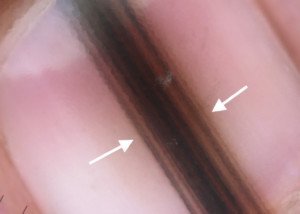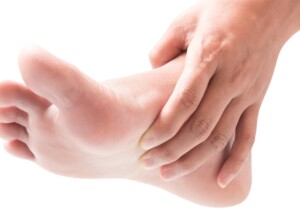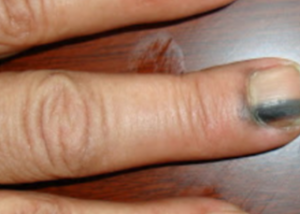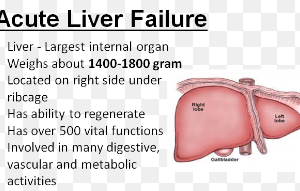Can Shaky Trembling Hands Mean Multiple Sclerosis?

Have your hands been shaking or trembling lately for no reason and you’re afraid this might mean the start of multiple sclerosis? (more…)
Baby Crawling on Floor at Home Depot, Other Stores: Safe or Not?
There are several ways you’re endangering your baby if you allow him or her to crawl around on the floor of a public building, whether it’s Home Depot or the floor of a medical office.
Why Is a High Fall Risk Often Denied by the Elderly?
Does your elderly parent continue to angrily deny his or her high risk of a fall? (more…)
Do ALL Nail Melanomas Have a Hutchinson’s Sign?
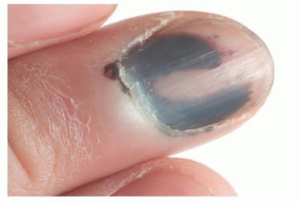
The Hutchinson’s sign is a very tell-tale sign of fingernail or toenail melanoma.
Further complicating this issue is that benign pigment in a nail can mimic a true Hutchinson’s sign. (more…)
What is Central Regression in a Melanoma?
A doctor may describe a melanoma as having “central regression” or as being “centrally regressed.”
Though this term seemingly is self-explanatory, it does warrant further explanation to the layperson. (more…)
Can Melanoma Be Misdiagnosed As a Skin Tag?
If you think you have a skin tag, it’s possible it’s a melanoma, and it’s also possible for a doctor to misdiagnose a melanoma as a benign skin tag. (more…)
Is Shortness of Breath OR Chest Pain More Likely in Heart Attack?
Which is more common in a heart attack: shortness of breath or chest pain?
Certainly, many sufferers experience both of these symptoms. (more…)














